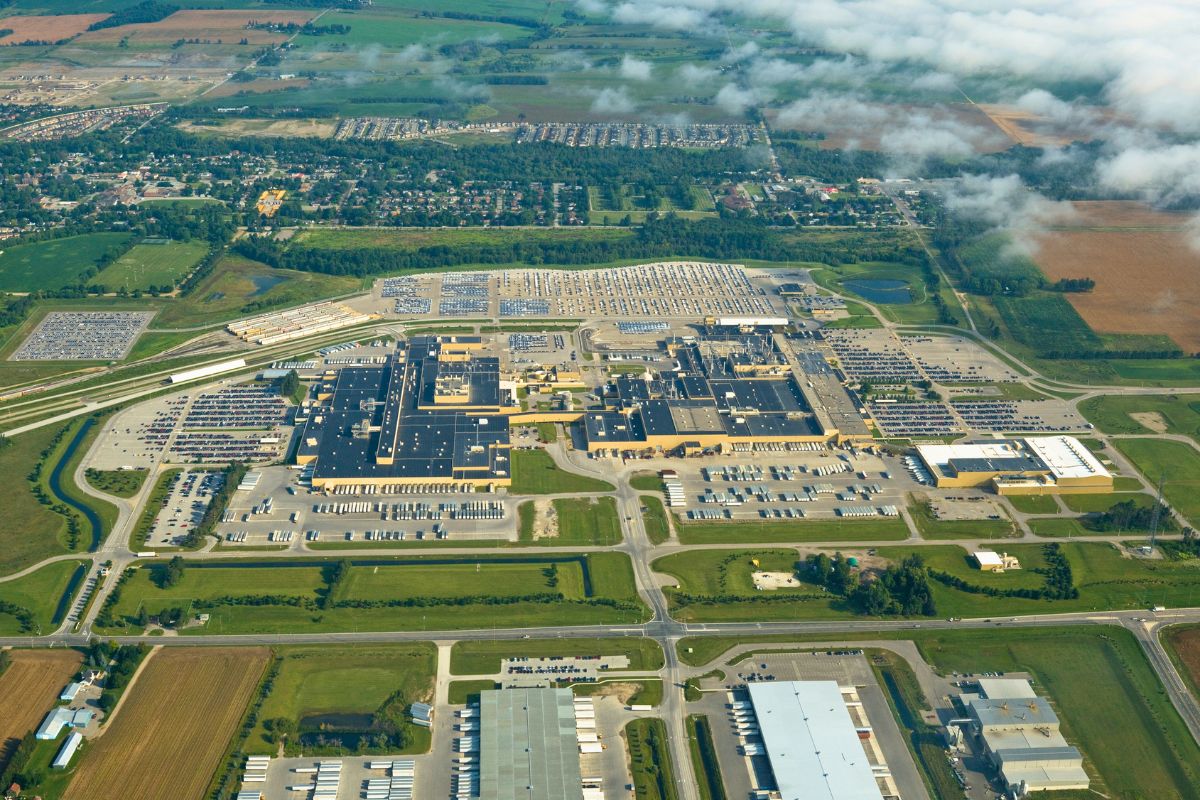That’s why the recruitment industry is an early adopter of technology. Nobody’s got enough bandwidth. First automation, and now AI, have been embraced by in-house and external recruiters in an effort to streamline hiring processes.
For a long time now, automation tools have facilitated volume recruitment. They’re nothing new. But AI is different, and since it promises enormously enhanced efficiencies it can appear a promised land. Right now, AI seems to benefit recruiters more than candidates, and not that much.
Pros and cons of AI in hiring today
AI can communicate with jobseekers and guide them through a hiring process using chatbots to answer their questions. It can scan CVs and deliver custom tests to measure candidates’ cognitive abilities. It can predict a candidates’ future job performance and cultural fit, or analyse video interviews to assess their body language, verbal cues and communication skills.
Hirers and recruiters use AI to reduce the time taken to reach candidates, bring them into the hiring funnel and facilitate the early stages of assessment and selection. Any process where data aids decision-making is ripe for AI. But many of the hiring managers we’ve spoken to are frustrated with these applications, and they certainly don’t align with the Gerrell & Hard business model.
There are some small wins to be gained from AI that we’re more comfortable with. It can simplify tasks like creating vacancy adverts from job descriptions. There’s space in this activity for human intervention: recruiters can refine and shape, weigh up and decide what content will help job seekers make informed decisions. Some job boards are now building this technology into their platform. (LinkedIn’s AI enhancements, designed to facilitate recruitment, currently add little value and feel more like early experimentation).
AI and ethics
But there are ethical questions about AI. Does it dehumanise a quintessentially human process? Do we understand enough about bias in algorithms? AI is designed to mitigate bias in recruitment; in theory it’s less prejudiced than people when selecting candidates or scanning CVS. But it’s only as good as the data sets used to train its algorithms. If these aren’t representative and continually and carefully refreshed, historical bias can become ever-more ingrained in the technology.
There’s also the question of transparency and consent: do people understand when they’re being adopted into an AI-driven process, and are they being offered the chance to consent?
Is AI the end of recruitment?
There have been several moments where technology was deemed to signal the end of recruitment as we know it: firstly with job boards, then LinkedIn and Indeed. But they, and tech stacks such as Applicant Tracking Systems, haven’t managed to replace the human side of finding, qualifying and nurturing candidates, or fulfilling employer assignments. As things stand, if you’re not very good at recruitment, AI won’t help you much.
AI isn’t great on context and nuance in communication, and it can’t empathise with human experience and subjectivity. It’s hard to imagine a world where we don’t need human oversight at the most critical points of the hiring process: you just can’t have a piece of technology making decisions about who gets the job.
We’ve seen some clients adopt AI where they can, only to meet with frustration. The technology is at the start of a huge development curve, and most of it does little more than insert bots into an already-automated process, further dehumanising it when there are plenty of decent CRM systems and other tools that can help people to do a better job.
Our take on AI
The biggest drivers in the adoption of AI in hiring are time, volume and cost. There’s no doubt there will be some big success stories in the future where people use AI to hire, especially for high-volume, low-skill requirements.
But for Gerrell & Hard, AI will only ever be a tool that helps eliminate some of the more laborious tasks of recruitment. It won’t replace the part of our jobs that we most enjoy: the bit where we build and sustain relationships and partnerships with people, add value and understand what people want. It won’t change the things that define our brand.
Many jobseekers today look for a connection with their prospective employer, an alignment of values and a sense that a job isn’t just a way to pay the bills. For us, AI has to add value for everyone, not just hirers. We haven’t lost any business yet as a result of not adopting it into our processes. We’re watching the market, and we’re interested in how AI can facilitate authentic, human experience rather than try to replace it.
What caught our attention this month
Code First Girls, a provider of free coding courses for women, has exceeded 200,000 graduates. Their mission is to address the gender gap and tech skills shortage by making tech education accessible and linking women with tech job opportunities.
Algae-powered microscopic robots developed by engineers at UC San Diego can deliver cancer drugs directly to lung tumours, and have demonstrated potential in mice. They could enhance treatment for metastatic lung cancer, which is notoriously difficult to manage.
Starting in 2024, all new vehicles sold in Europe, including the UK, will be equipped with mandatory speed limiters.
Insights

Gearing up to be greener: sustainable manufacturing in automotive 🌍
As environmental pressures increase and regulations tighten, automotive OEMS are accelerating the shift toward sustainable manufacturing. This holistic strategy isn’t only about producing “greener” vehicles; it’s about cleaner, smarter, more circular production practices.

Global tech power shift: the cities reshaping innovation 🌆
As the global tech landscape evolves, cities outside of established powerhouses like Silicon Valley, London and Berlin are emerging as vibrant centres of innovation and talent.

When a car can be hacked: the evolution of cybersecurity roles in automotive
What does it mean for cybersecurity when a car becomes an extension of the internet?

Subscribe to our LinkedIn Newsletter, TechTalent, for news and opinions from the frontline of tech recruitment.
